The breathtaking scenery of Kenya’s parks and reserves welcomes thousands of tourists annually, each wishing to see the incredible wildlife that inhabits these preserves. Behind each successful safari adventure lies a professional guide—an individual whose expertise, tolerance, and intimate knowledge of the terrain make a simple game drive an unforgettable experience.
While tourists snap photographs and ooh and ahh over wildlife sightings, these dedicated professionals navigate a rich daily existence few outsiders can fully understand. The following is a list of 20 incredible facts that reveal the kind of life that people who take tourists through Kenya’s incredible wilderness areas have.
Dawn Begins at 4:30 AM

Safari guides tend to get up hours before their guests – rising in the dark to check weather reports, animal sightings reports, and vehicle readiness. This early morning may include a review of special guest interests, checking breakfast boxes, and plotting potential driving routes according to recent wildlife sightings.
The stillness of early morning is critical planning time before the day’s activity begins – setting the stage for successful wildlife experiences before most tourists have even opened their eyes.
Car Maintenance Requires Engineering Skills

Guides don’t merely drive trucks – they’re also mechanics, electricians, and impromptu trouble-shooters in remote backcountry regions with no repair shops or roadside assistance. Each morning, there’s routine work, such as checking motor oil, tire pressure, radio function, and mechanical soundness under harsh conditions.
This technical skill often results from circumstance rather than training – guides figuring out how to fix things like alternators from shoelaces or bandage radiator leaks temporarily with egg whites when emergencies arise miles from camp.
Like Travel Pug’s content? Follow us on MSN.
Wildlife Tracking Blends Traditional and Contemporary Techniques

Seasoned guides merge traditional tracking skills—such as noticing minor disruptions in grass patterns or fresh dung texture—with contemporary communications systems that disseminate real-time sighting data. This fusion involves observing physical cues while eavesdropping conversations from other vehicles over wide tracts of ground.
The ability is honed over tens of thousands of hours in the field, developing into an almost unconscious ability to anticipate animal movement in relation to terrain, time of day, and season that even casual observers would never detect.
Guest Management Surpasses Animal Knowledge
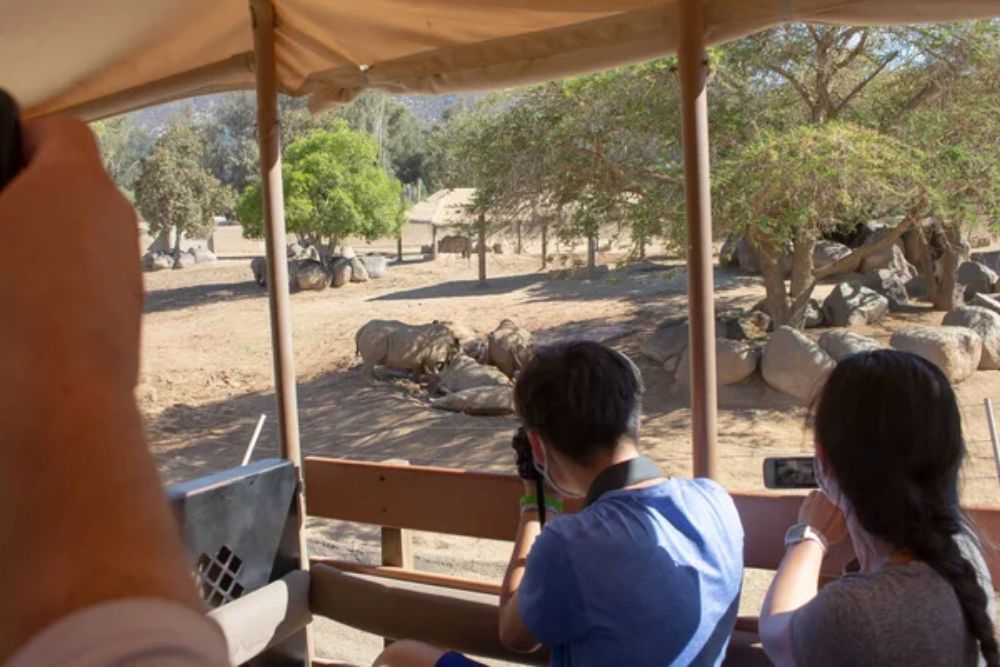
While wildlife knowledge is their foundation, guides put a lot of effort into handling human dynamics – mediating between photographers who want perfect light and families who want to see a number of species in a hurry. The psychological aspects include keeping children amused in slow times, calming nervous travelers during close approaches, and handling unrealistic expectations discreetly when TV-induced expectations are met with wilderness reality.
This people-handling is frequently more challenging than tracking elusive leopards.
Communications Take Place in Multiple Languages

Most seasoned guides have at least three languages that they speak fluently – English, Swahili, and their native tribal language – and most also learn basic words in German, French, Spanish, and Italian so that they can greet foreign clients. This linguistic flexibility extends beyond word-for-word translation to cross-cultural interpretation – explaining Maasai traditions to Japanese tourists or explaining to Brazilian travelers to understand conservation concerns using context-specific examples.
Language switching occurs dozens of times daily, often mid-sentence when coordinating with drivers while narrating to guests.
Like Travel Pug’s content? Follow us on MSN.
Personal Safety Requires Constant Vigilance

While sharing composed calmness with tourists, guides themselves are always on the lookout for threats – from shifting wind patterns that might carry human scent towards predators to subtle behavioral changes in elephants that signal potential charges. Such vigilance operates as a low-level processing function that never entirely turns off while working.
Experienced guides learn to establish a nearly instinctual system of watch, observing multiple environmental cues simultaneously while conversing freely with tourists about topics like wildlife biology or Indigenous ecosystems.
Meal Logistics Involve Wilderness Catering

Logistically, catering to meals in the wilderness requires astonishing ingenuity—from preserving the warmth of breakfast during morning game drives to securing lunch arrangements underneath acacia trees without arousing unwanted wildlife presence. Guides need to select the right halts, considering shade, visibility, animals’ migratory routes, and visitors’ comfort without the facility of making reservations or predetermined facilities.
This backcountry catering involves everything from fulfilling special dietary requirements to modifying food safety protocols in extreme weather conditions with a laid-back, elegant atmosphere.
Weather Reading Goes Beyond Forecasts

Specialist guides develop meteorological insight beyond routine weather predictions, reading clouds, wind shifts, and animal migration patterns to predict local conditions affecting wildlife viewing. Such environmental understanding recognizes how approaching storms might guide predator movement in anticipation of rain or how specific wind patterns affect animal journeys through different landscape structures.
The art is an expertise category of knowledge with indigenous knowledge supplemented by experiential expertise that cannot be replicated or replaced by GPS technology and meteorological apps.
Like Travel Pug’s content? Follow us on MSN.
Navigation Takes Place Without Street Signs

Guiding entails memorization of dozens of unmarked, unpaved roads over vast territories – recognizing subtle features of the land as navigation guides without the help of street signs, addresses, or regularly accessible GPS coverage. This spatial recall builds up year after year to the point of guides memorizing maps documenting seasonality, rainfall drainage patterns, and substrate variability affecting vehicle mobility.
The mental mapping competes with London taxi drivers’ fabled ‘Knowledge’ test – though mapping natural terrain rather than city streets.
Radio Protocols Follow Unwritten Rules
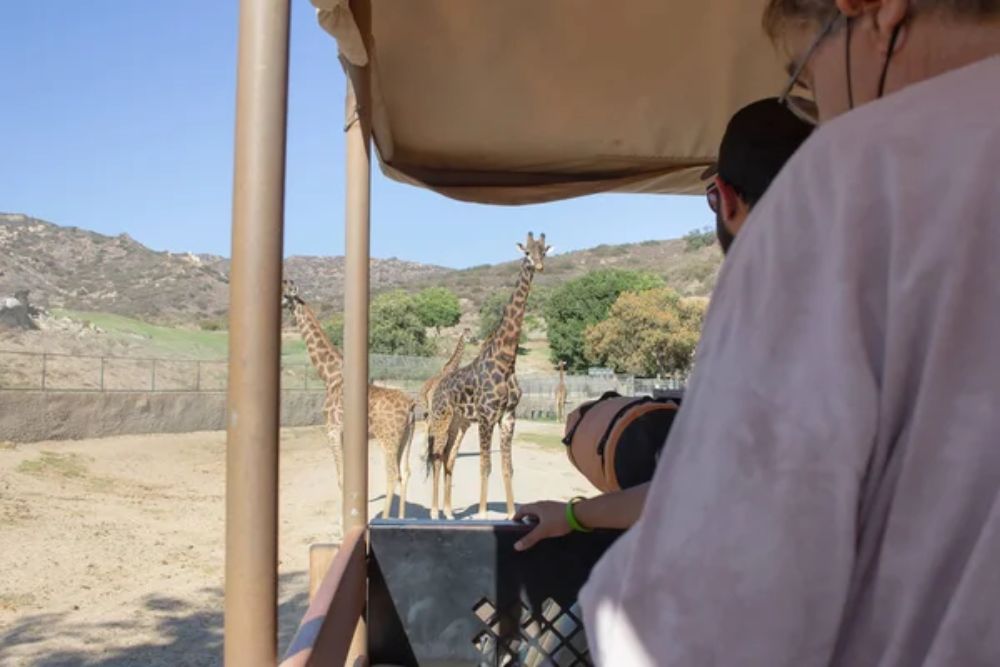
There is a complex protocol for guide-to-guide communication over the savanna – including unwritten rules about when to report an animal sighting, what to publicize and what to keep within the guides’ circle, and how to locate vehicles at priority wildlife hotspots. This behind-the-scenes protocol system avoids overcrowding at sightings and keeps viewing time equal between different safari companies.
Social dynamics include status elements conveying guide experience, inter-relationships between operators, and succinctly coded messages providing information to others that avoid tourist interpretation.
Guest Expectations Span Impossible Extremes
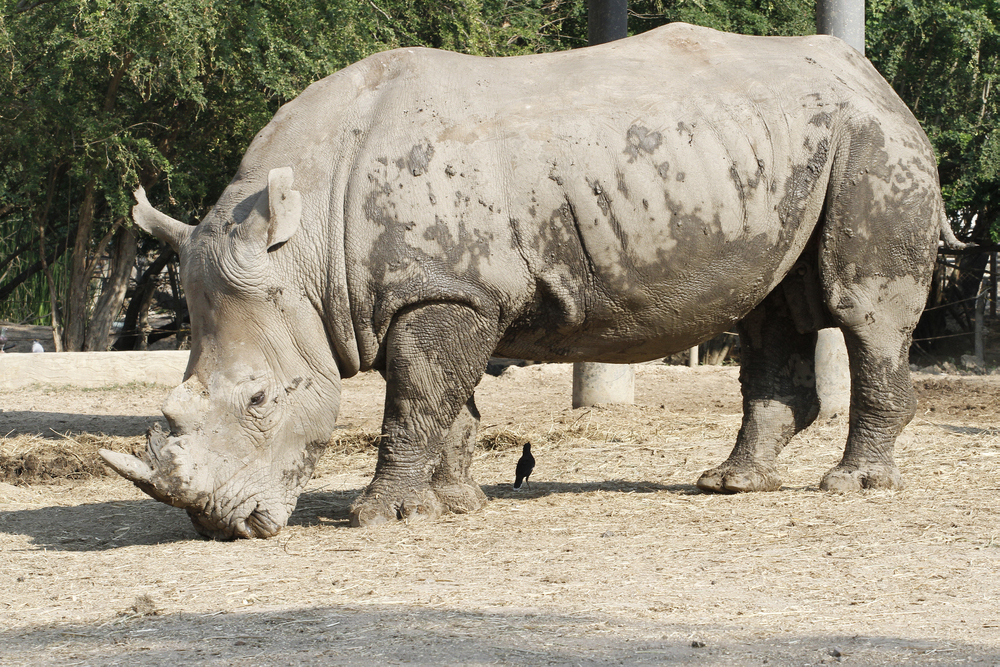
Guides traditionally navigate the wild divergences of visitor expectations – from wildlife photographers needing static observation time to families looking for non-stop motion, from birders who want to spot hundreds of species to adventure travelers who wish to experience close-up predator contact. Balancing these conflicting needs demands diplomatic skill, educational capacity, and occasional soft adaptation to reality when guest expectations are founded on television documentaries condensing thousands of hours into stylized thirty-minute tales.
This expectation management is likely the most challenging interpersonal aspect of leadership.
Like Travel Pug’s content? Follow us on MSN.
Education Never Really Stops

Training professionally continues unabated throughout guide life – studying animal behavior research papers, learning fresh ecological facts, and staying in touch with breakthroughs in conservation that may influence wildlife numbers. Formal certification comes through Kenya Professional Safari Guides Association levels for the majority of guides, with tough examination on anything from geology to bird life.
This process of continuous education translates into reading scientific journals in the evenings, attending guide sessions on sharing information, and journaling personal experiences that contribute towards wildlife research initiatives.
Conservation Activism Side by Side with Guiding
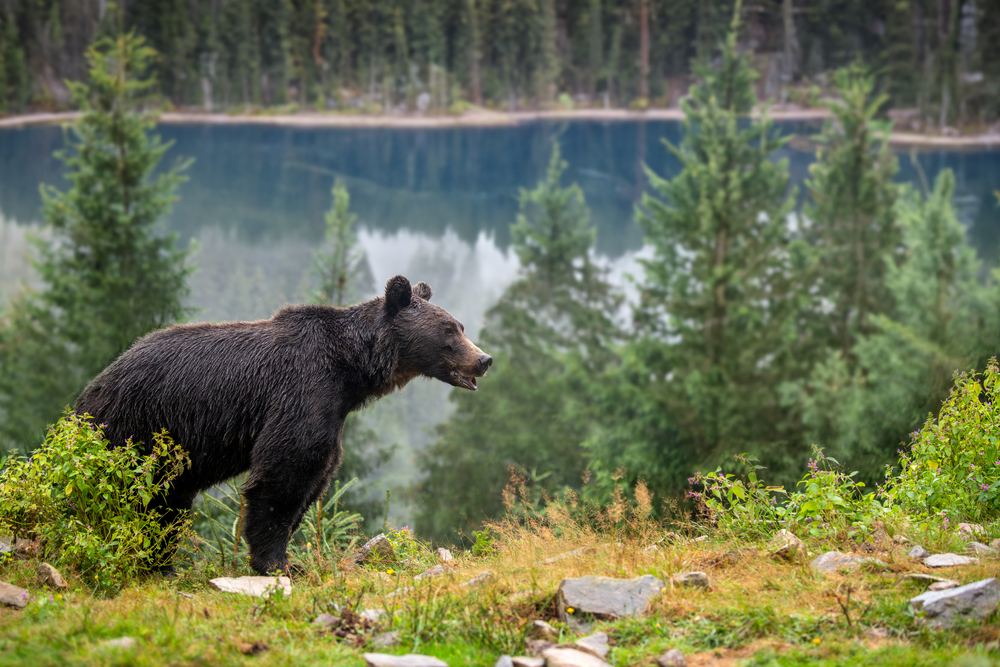
Most elder guides are busy with conservation work beyond their touristic role during off-season periods—anti-poaching patrols, community education work, or monitoring programs. Deep personal connections and affinities with the surrounding ecosystems are reasons behind this dedication to conservation from these guides as they work within them daily.
Guides supply field observation data for research institutions, report illegal activity and serve as a link between scientific communities and local communities, whose collaboration makes or breaks the conservation effort within Kenya’s reserves.
Cultural Translation Functions Both Ways

Guides act as cultural interpreters, functioning in two ways simultaneously—translating local mores to international visitors and translating external perspectives to local populations. This function of bridging has to walk across sensitive topics, from tribal traditions to modern conservation practices, with tact and respect for differing worldviews.
The majority of guides originate from societies surrounding wildlife land, which positions them well to receive both prevailing traditional value structures and current tourism mandates in ways that enable substantial cross-cultural interactions that transcend shallow exchange.
Like Travel Pug’s content? Follow us on MSN.
Physical Demands Transcend Most Office Operations
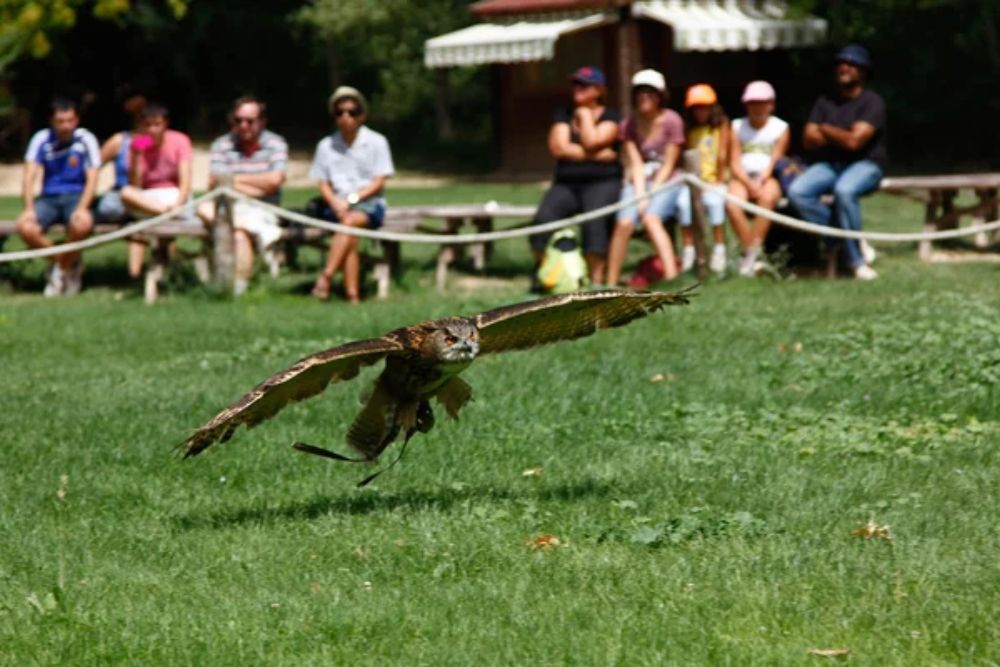
The job demands phenomenal physical endurance – 12-16 hour days in blinding heat or cold and being in top mental shape and interpersonal warmth. Guides endure constant car vibration, dust, and irregular meal times while radiating energy and enthusiasm despite their fatigue.
Physical tolling involves having better eyesight during pre-dawn darkness and evening returns when visibility challenges coincide with peak predator activity, requiring constant vigilance demands that few other professions require.
Wildlife Interactions Become Highly Personal
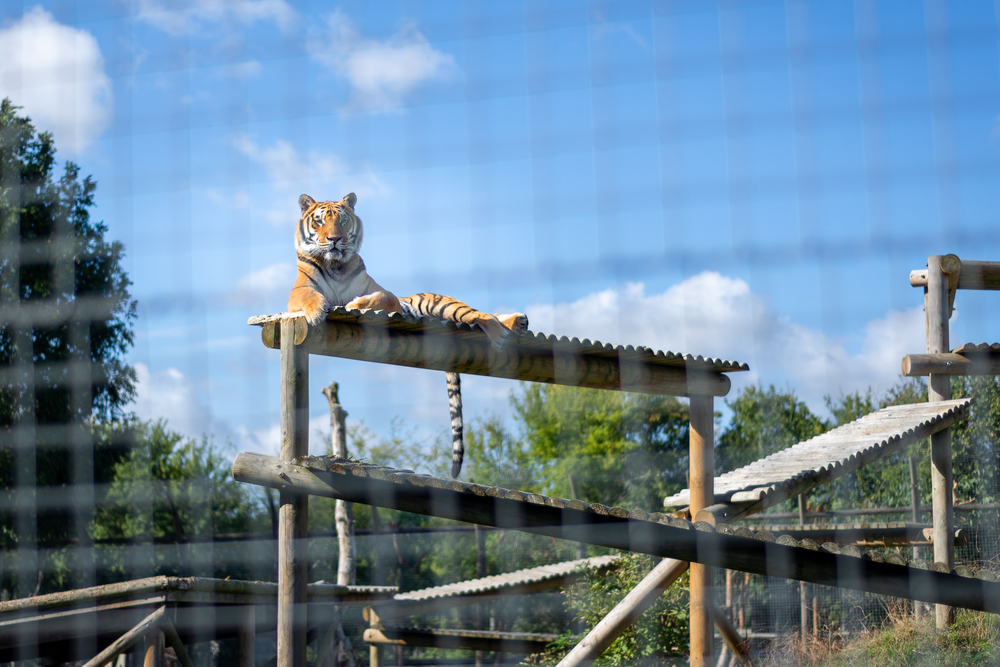
Veteran guides have developed personal relationships with specific animals over the years, recognizing individual elephants by tusk patterns, lions by facial scars, or leopards by spot configurations. These relationships create emotional investment beyond professional interest, with guides monitoring the health of ‘their’ animals across seasons and celebrating successful kills or mourning when favorite subjects disappear.
The relationship sometimes exists for decades among long-lived friends, forming intense personal relationships that are not common with visitors but that create the foundation of motivation for many careers.
Emergency Response without Infrastructure in Place
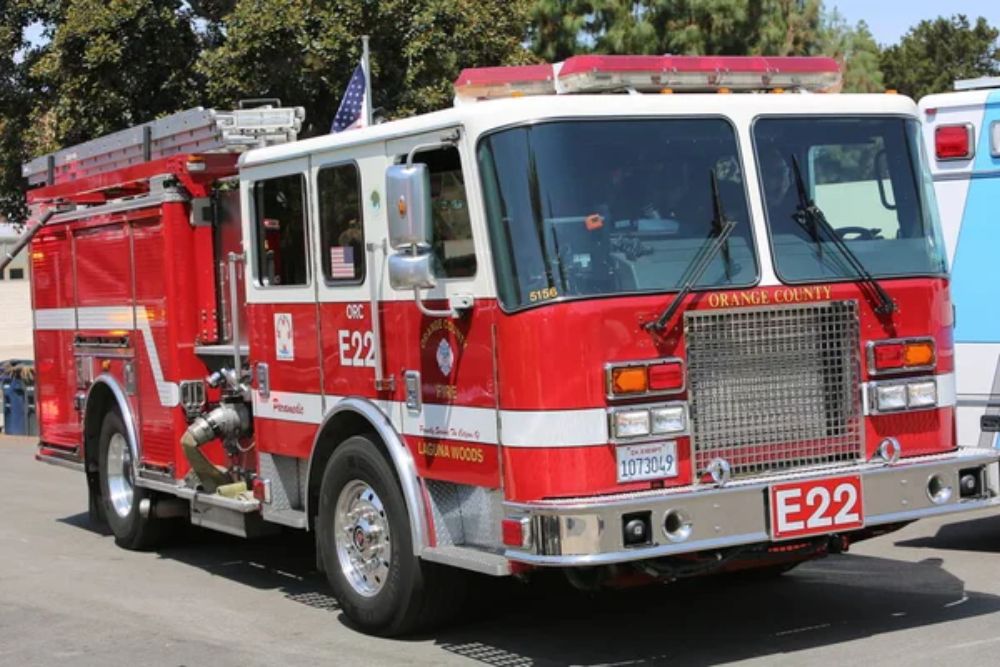
Emergency response guides function as emergency first responders – from vehicle breakdowns in predator areas to medevac emergency hours from medical care facilities. This requires wilderness first aid proficiency, mechanics troubleshooting skills, and pressure clearness in decision-making without access to outside support infrastructure.
Many veteran guides have given birth, treated snakebites, or handled anaphylactic shock while simultaneously ensuring other visitors’ safety and coordinating remote assistance – abilities far removed from their animal knowledge that are rarely listed in job postings.
Like Travel Pug’s content? Follow us on MSN.
Sleep Deprivation Becomes Normalized

The typical guide labors on chronically short sleep – between 5-6 hours a night in high season from early departures and late returns on top of evening preparation and socializing work with guests. This debt of sleep accrues over the high season, and the majority of guides remain in perpetual sleep debt for months before they recover off-season.
The work requires maintaining a keen mind and good humor despite physiological tension. Laboratory experiments equate with profound impairment of intellect – a staggering readjustment second nature to veteran guides.
Income Swings Wildly by Season

The economic reality for most guides is feast-or-famine cycles—earning the lion’s share of annual income during peak tourist seasons and struggling with months of meager revenue during rain seasons or tourism lulls. This economic trend is characterized by sophisticated financial planning despite humble aggregate returns.
The majority of guides support extended family networks using their earnings, creating much responsibility that is not similar to the freedom their career seems to other people who consider guiding as a carefree adventure rather than a dedicated career sustaining multiple dependents.
The Unseen Emotional Labor

Behind each chipper guide commentary lies copious emotional labor – maintaining enthusiasm with repeated similar questions the thousandth time, mimicking calmness in precarious wildlife moments, and resolving personal issues at the expense of visitor experiences. It involves such emotional work as concealing irritation under adverse circumstances, pretending enthusiasm when fatigued, and balancing pleasure with education on varied audience requirements.
The psychological demands are never credited much but are most likely the most draining aspect of daily guide life for years of service.
Like Travel Pug’s content? Follow us on MSN.
The Wilderness Connection
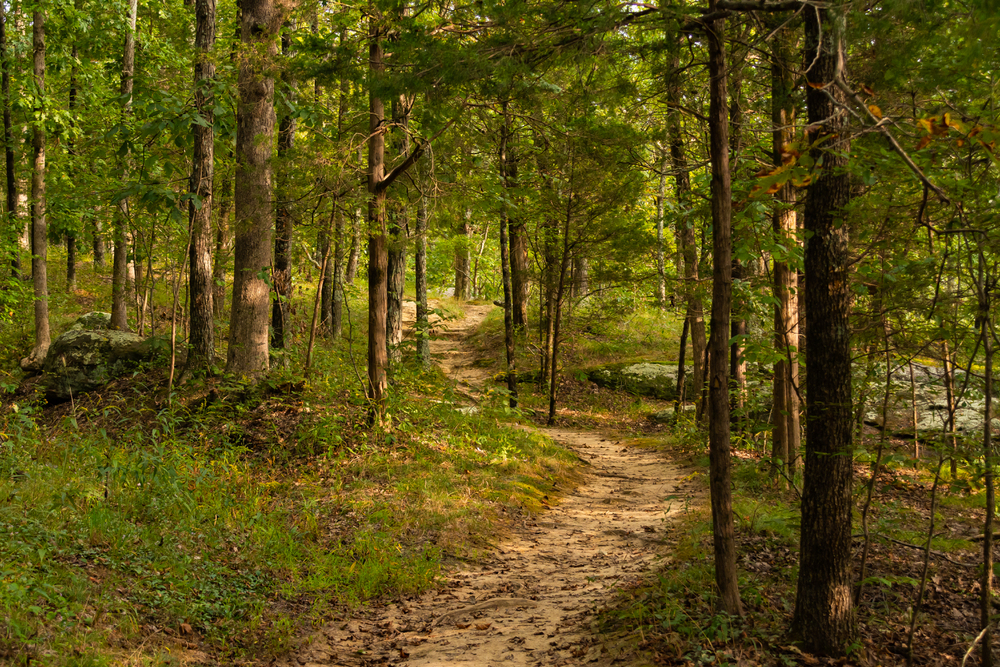
What ultimately keeps guides going during difficult times isn’t the money, tips, or prestige but something more primal – a profound connection to a wild country that becomes part of who they are. The majority of older guides speak of bodily illness at ease in cities for too long, describing wilderness immersion as healthy more than merely a profession.
This relationship with nature makes what others might perceive as challenges extremely meaningful events. The guide’s life is one of vocation and lifestyle – demanding huge sacrifice but offering dividends that transcend conventional career parameters.
Their daily lives blend teacher, naturalist, diplomat, mechanic, storyteller, conservationist, and wildland guardian into a singular occupation. Behind every sensational wildlife image or visitor anecdote is someone whose dedication, knowledge, and passion produced such an experience.
The true measure of a guide’s impact extends far beyond individual safaris to include changed attitudes, conservation awareness, and cultural understanding taken back by travelers – causing ripple effects that endure long after Kenyan dust has been cleaned off their boots.
More from Travel Pug

- Cities Growing so Fast You Won’t Recognize Them in 10 Years
- 13 Destinations Where Tourists Regularly Regret Their Trip
- 20 Obscure WWII Sites Even History Buffs Don’t Know About
- 10 Under-the-Radar Mountain Towns That Are Both Affordable and Beautiful
- 20 Abandoned Places That Feel Like Real-Life Post-Apocalyptic Movie Sets
Like Travel Pug’s content? Follow us on MSN.
